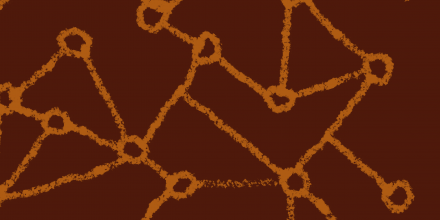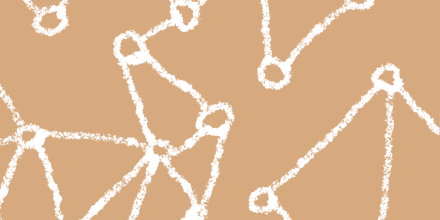
Restorative justice is an approach of addressing harm or the risk of harm through engaging all those affected in coming to a common understanding and agreement on how the harm or wrongdoing can be repaired and justice achieved. It can be applied where people experience harm in society, in organisations, in schools, in families and in the justice system.
The following pages offer information on the specific areas where restorative justice can be beneficially applied and the principles and safeguards that apply to the particular domains. These information pages include indication for further resources (resource kits) and thematic and policy briefs that can be downloaded in PDF format. The list of these areas is not exhaustive, there are several other areas where restorative justice is applied well. The EFRJ continues to develop further information resourses and will share these here in the future.








